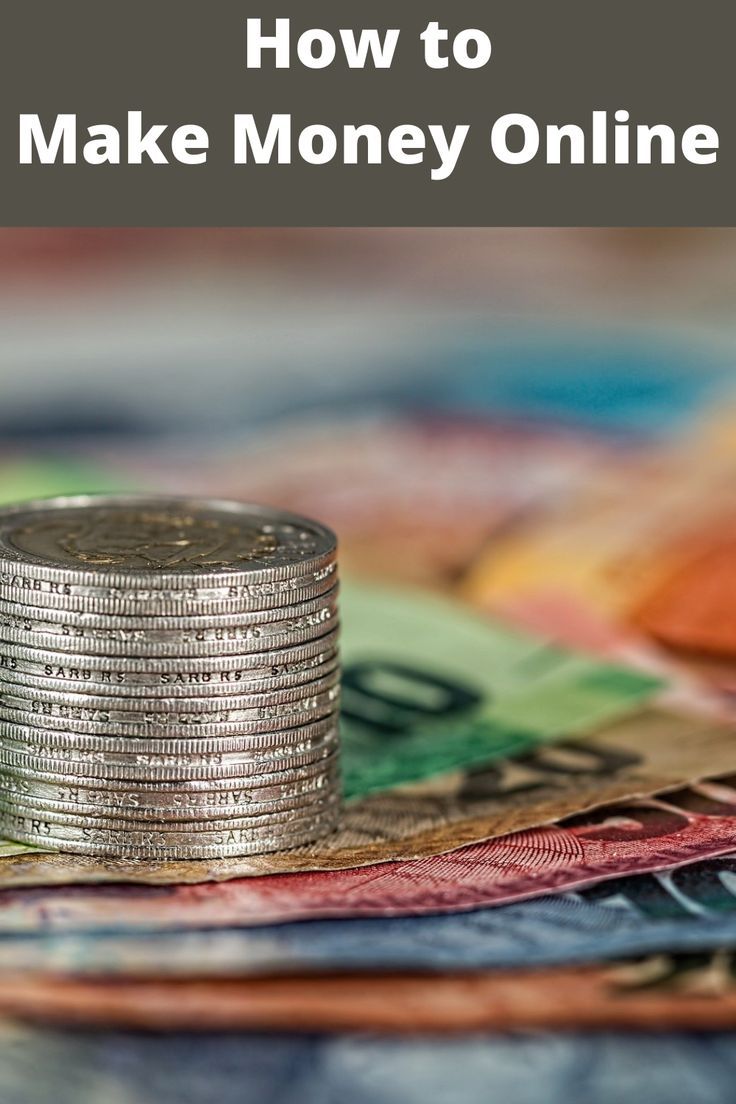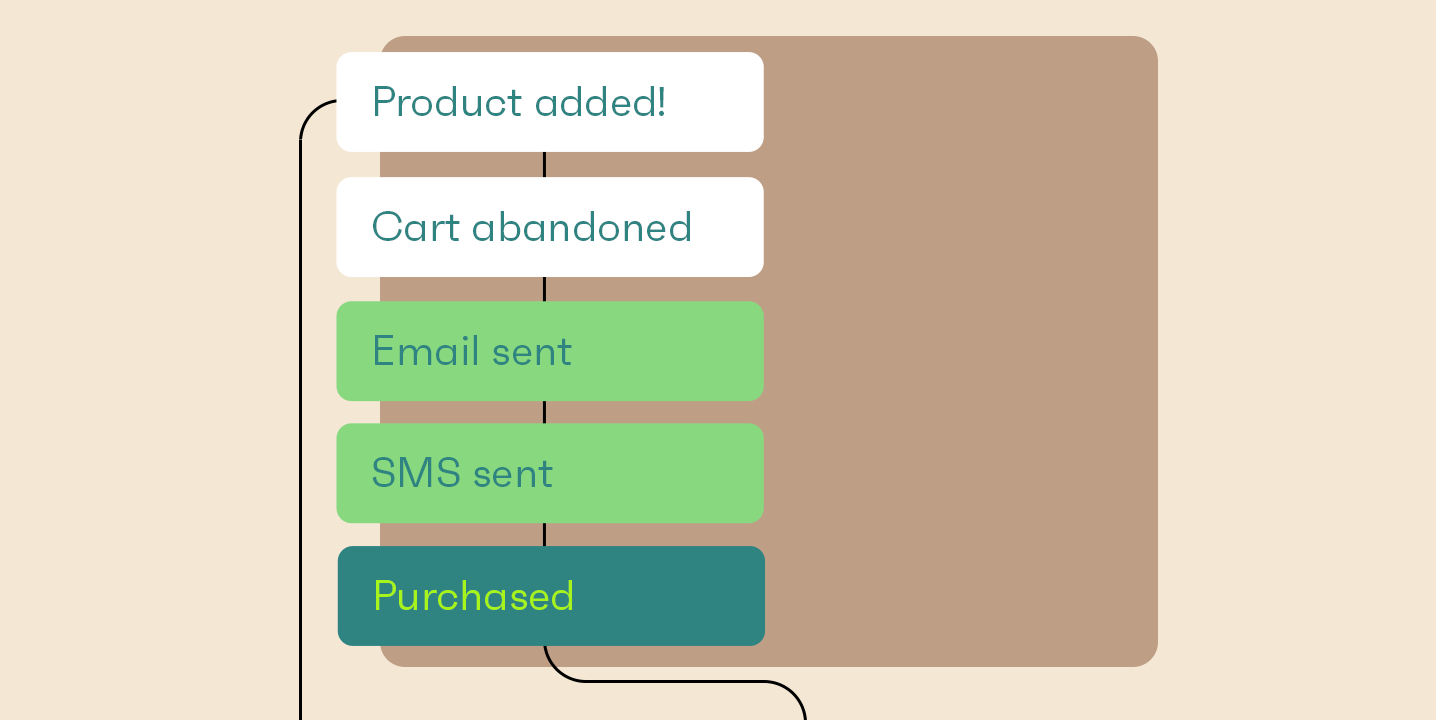
The more content you publish, the higher your reach organically. This graph shows the organic reach growth from August 1 through December 30, and year-over-year. The overall trend can be either positive or negative. The trend indicated by the initial data point is either a downward or an upward trend. This data can be used for content marketing strategies. Ensure your content is of high quality to gain organic traffic and improve engagement. These are just a few of the steps you should take to increase your reach.
Viral reach
Your organic reach can be increased by appealing to people’s emotions. The stronger the emotional connection with your content, the more likely people are to react and share it. Viral content often evokes positive emotions, such as excitement and enjoyment, though it is possible to generate viral posts from negative ones too. In order to generate viral content, the top five emotions that are associated with it include admiration (beauty, curiosity), interest, and awe. You can increase your organic reach by appealing to these top emotions.
One of the easiest ways to increase your organic viral reach is by creating stories and involving fans. You can reach people you wouldn't otherwise be able to by telling interesting stories. Apart from reaching fans, you can also create stories to share with friends. Although it may seem difficult at first, this can lead to higher engagement and greater sales. Remember that paid advertising can be used to reach a wider audience.

Nonviral reach
When it comes to Facebook advertising, viral and nonviral reach are two different metrics to focus on. Each metric allows marketers to evaluate the effectiveness of their content. The time a post is viewed is directly proportional with its nonviral reach. Posts that were posted in recent times will have greater organic reach. However, this is only for those who can keep up with daily posts. You can also increase your reach outside of viral.
Organic reach refers the total number people who have seen a particular post without spending a penny. There are two types, viral and nonviral, of organic reach. Viral reach is the number of people who see a post shared by a friend. Nonviral reach on the other hand is the total number of people who have seen a post without the assistance of a friend. It is important that you remember that organic reach can differ for the same post.
Paid reach
Payed reach can be a great way for brands to increase their visibility and reach beyond organic exposure. Brands have a variety of options to purchase paid reach. These include the ability to display sponsored content on their social media updates and increased exposure. Loomly is a Brand Success platform that helps marketers nurture social media communication. The ultimate Brand Success platform, Loomly provides the best tools for marketers to use to reach their goals. It helps them measure, manage, and optimize social media communications. Here are some benefits to paid reach:
Organic reach refers simply to the number or people who view your content, without any paid promotion. Organic reach refers to people who view content from their own feeds or friends. Paid reach, however, is the number people who view your content as a result of paid promotions. Both reach options are important. Paid reach, however, has a greater impact for your business. While organic reach is always greater, paid reach can be even more.

High quality content
How can organic reach quality content with no effort? It is important to find out what your followers enjoy and detest. By asking followers about what they want to read and what topics they want to discuss, you can create content that will interest your audience and attract organic followers. To find out what your audience likes, you can create polls. You will have more organic followers if you get more engagement with your content.
Create a customer persona for your target audience. To record the demographics of your target audience, you can use Smarsheet's free customer persona templates. This information is useful for your content creation and paid campaigns. These are some helpful tips to help you create quality content.
FAQ
How much do online affiliate marketers make?
The average annual income for an online affiliate marketer ranges from $0-$100k per year.
The majority of these people are self-employed and have their websites.
They promote products using a variety of methods, including text links, banner ads, contextual advertising and search engine optimization (SEO), as well as social media marketing.
Most affiliates earn between 50-$100 per sale.
Affiliates can make as much as $1000 for each sale.
What are some quick ways to make money on the internet?
There are many ways to make money online. These are just a few of the many ways you can make money online.
-
Be an Affiliate Marketer
-
Sell your products
-
Start a blog
-
Start a Course
-
Write Articles
-
Promote Other People's Products
-
Offer Consulting Services
-
Teach Online Courses
Affiliate marketing can be a full-time job
Affiliate marketing is an extremely popular model for online business. Affiliate marketing allows anyone who wants to make money online to earn commissions with no investment. Affiliate marketers can be trained in many ways. You can start your own website, join an existing program, or promote someone else's product. Start by looking for a product you are interested in and checking if there's an affiliate program. If it isn't, then you can set up your own program.
The first step is to choose a niche. This is where you choose something that interests you and which you enjoy discussing. Once you have selected a niche you will need to research. Learn about the available products and what their costs are. You can see their sales funnel to determine the steps you should take to promote them. Then, pick a few products you'd like to promote. After you've chosen your products, you can build a website.
This software tracks when people visit your site and how long they stay. You can then calculate how much to charge each visitor. Most programs offer one of two options: a fixed-price (where you are only paid once regardless of how often people visit), or a percentage share (where you receive a commission every time someone purchases something).
Once you have built an audience, you will want to promote your self. The best way to do this is via social media sites, such as Facebook Twitter LinkedIn YouTube YouTube Pinterest. Ensure you're sharing useful content to help people with their jobs. Talk about the reasons why a course is great and the benefits it offers.
If you're looking to start a side-business, affiliate marketing may be right for you. You don't need to invest thousands into creating a new blog or learning how to code.
Statistics
- According to research by Marketo, multimedia texts have a 15% higher click-through rate (CTR) and increase campaign opt-ins by 20%. (shopify.com)
- The latest stats show that 87% of marketers use email marketing to distribute content. (shopify.com)
- One of the most well known sites is the Amazon affiliate program, Amazon Associates , which boasts the largest market share of affiliate networks (46.15%). (bigcommerce.com)
- Backlinko found that the #1 organic result is 10 times more likely to receive a click compared to a page in spot #10. (shopify.com)
- According to the Baymard Institute, 69.82% of shopping carts are abandoned. (shopify.com)
External Links
How To
The top 10 most profitable ways to make money online, at home, or offline:
-
Sell your unwanted stuff online using Amazon, eBay and Craigslist.
-
Affiliate marketing is a way to get involved in promoting a product you like.
-
Start a website and make money by advertising.
-
Set up a website where you can sell your products.
-
Join a group of people who are seeking help for their problems.
-
Take online surveys to earn cash.
-
You can be a virtual assistant.
-
Offer your services as a freelancer.
-
Write articles on topics you are interested in.
-
Work part-time jobs.
There are many opportunities to make money online. The key is to figure out what works best for you.